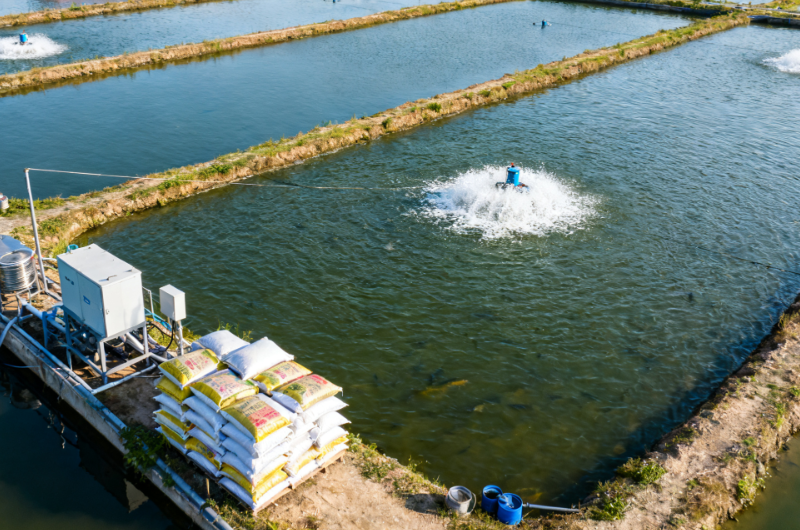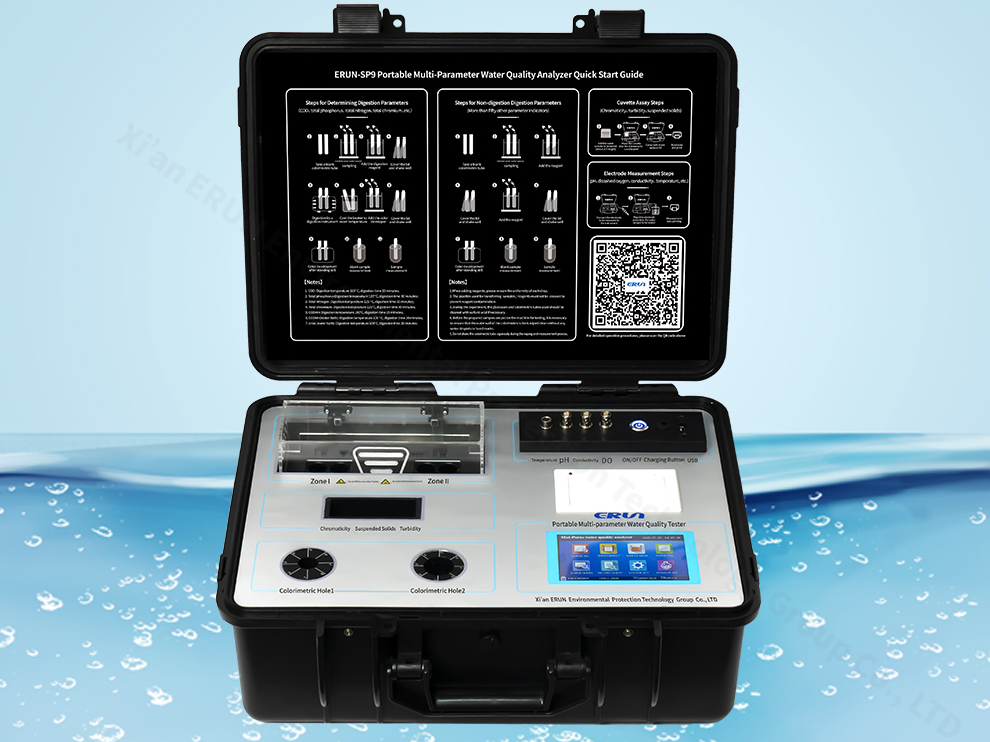Maintaining excellent water quality is the foundation of successful aquaculture. Whether raising shrimp, tilapia, carp, salmon, or other high-value marine species, water quality directly influences growth rate, survival, feed efficiency, and disease resistance. In this article, we explore why water quality matters, which parameters are most critical, and how modern tools—such as the ERUN-SP9—help farmers maintain optimal conditions.
Healthy aquatic animals depend on stable, clean water. Poor water quality disrupts metabolism, reduces oxygen levels, increases stress, and provides opportunities for harmful pathogens to thrive. As stocking density increases, the risk escalates.
Good management requires understanding how each parameter affects the aquatic environment and how quickly problems can occur if monitoring is inconsistent.
Different species have different tolerances, but several parameters are universally important across aquaculture systems.
Low DO is one of the main causes of mass fish mortality.
DO drops due to respiration, high feeding rates, algal die-offs, or hot weather. Monitoring DO helps farmers prevent fish stress and maintain proper aeration.
pH affects fish physiology and the toxicity of other compounds, such as ammonia.
Sudden pH swings can damage gills, reduce feeding, and weaken immunity.
These nitrogen-cycle byproducts must remain controlled:
Ammonia (NH₃) becomes highly toxic at high pH.
Nitrite (NO₂) interferes with oxygen transport in fish blood (“brown blood disease”).
Nitrate (NO₃) is less toxic but accumulates in recirculating systems.
Consistent monitoring ensures biofilters or pond ecosystems stay balanced.
Temperature regulates metabolism and feeding rates.
Salinity is crucial for shrimp and marine species, as well as for osmoregulation.
High turbidity indicates suspended solids or plankton blooms.
It can:
Reduce light penetration
Affect DO levels
Influence fish behavior and feeding efficiency
Turbidity is also an important indicator of pond stability.
COD reflects the organic load in the water.
High COD indicates greater oxygen consumption and a higher risk of anaerobic conditions, which can harm both fish and beneficial bacteria.

Ignoring water-quality fluctuations can cause serious financial loss.
Fish experiencing stress eat less and convert feed poorly, increasing production cost.
Poor water quality promotes:
Bacterial infections
Parasitic outbreaks
Fungal growth
Many diseases originate from environmental stress rather than pathogens alone.
Chronic stress weakens the immune system, leading to higher mortality—especially in intensive systems like RAS or high-density shrimp ponds.
Farmers face increased feed costs, medication use, and stock replacement.
Aquaculture environments can change in minutes. Weather shifts, feeding cycles, and biological activity all affect water chemistry.
Continuous monitoring helps farmers:
Prevent emergencies instead of reacting afterward
Maintain stable conditions throughout the production cycle
Optimize feeding and aeration
Improve stocking density without increasing risk
Modern aquaculture cannot rely on occasional manual tests alone.
The ERUN-SP9 portable multi-parameter detector modernizes water-quality management by combining multiple testing technologies into one powerful device.
Its 16-channel optical system can test a wide range of key aquaculture indicators, including:
Ammonia nitrogen
Nitrite, nitrate
Total phosphorus
COD
Turbidity, color
Residual chlorine
Heavy metals
Electrode sensors also measure:
pH
Conductivity
TDS & salinity
Dissolved oxygen
Temperature
This replaces multiple instruments, saving time and reducing cost.

Users can combine testing parameters according to their farm’s needs—ideal for:
Shrimp farming
Freshwater fish culture
Marine aquaculture
RAS facilities
Hatcheries
Each system can create its own testing profile.
The ERUN-SP9 uses high-precision optical technology paired with electrode sensing for stable, accurate readings.
Farmers can detect early-stage problems before they cause mortality.
Water quality directly determines the sustainability and profitability of aquaculture operations. By monitoring critical parameters and responding quickly to changes, farmers can protect stock health, improve survival, and maximize yield.
With its multi-parameter capability, portability, and high accuracy, the ERUN provides a modern, efficient solution for comprehensive water-quality monitoring—making it an essential tool for today’s aquaculture industry.